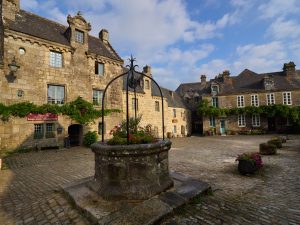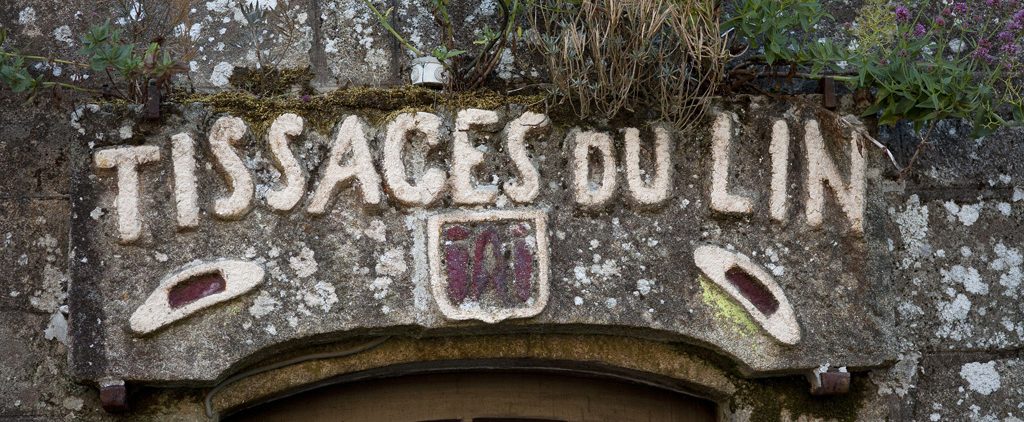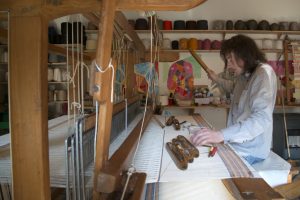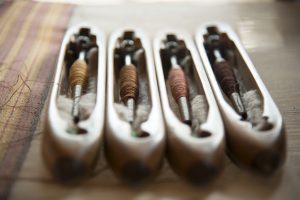The climate of Brittany and the large number of streams certainly contributed to the expansion of hemp and linen cultivation. From the 15th century onwards, the Locronan region specialised in the production and marketing of hemp cloth which was sold on the sailcloth market. It became a city of weavers.
Locronan is now part of the hemp and flax route in Brittany.
The Locronan factory equipped the largest ships in Europe: the vessels of the French Royal Navy, the English Navy, the ships of the Spanish Navy such as those of the Invincible Armada, the caravels of Christopher Columbus... In the 17th and 18th centuries, the large square was home to the hotel of the Compagnie des Indes, the Bureau des Toiles, and the wealthy cloth merchants...
Hotel de la Compagnie des Indes
It is a building of great allure, dating from 1689. It was created in the 17th century by Colbert for the spice and luxury goods trade. The three houses that can be seen at the bottom of the square were at the time a single unit.
Bureau des Toiles de la cité des tisserands
It is a building dating from 1669, where the king's officer was in charge of checking the quality of the paintings before they were sold on the market and to affix the mark "visited in Locronan".
The cloth woven in Locronan was then transported to Pouldavid (Douarnenez), the export port for Locronan cloth.
Why Locronan?
Thanks to the fame of Saint Ronan, Locronan was enriched by the influx of pilgrims to the tomb of Saint Ronan and by the favours of the Dukes of Brittany, in particular through the exemption of certain taxes.
Around the activity of the factory, craftsmen, shopkeepers, petty bourgeoisie and petty nobility settled, as shown by the rich residences of the church square. All these people contributed to the liveliness of the town.





